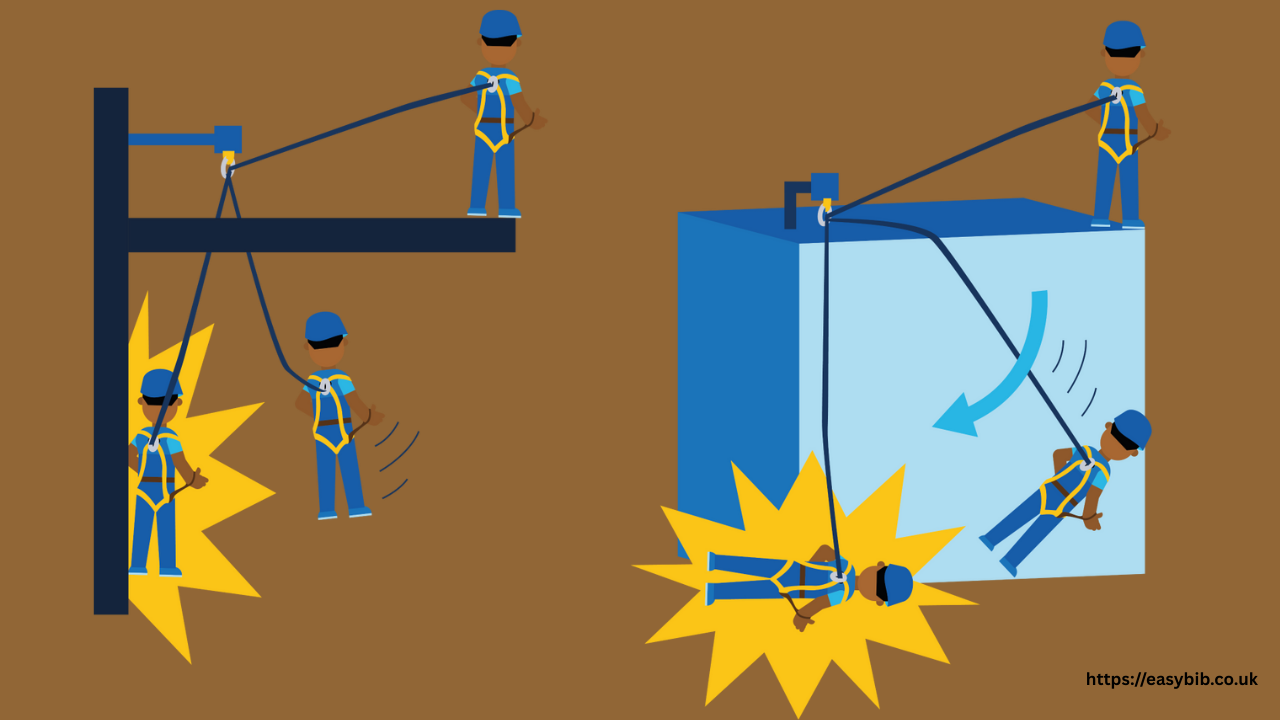Height Safety Anchor Point Installation: Ensuring Safety Above Ground

Working at height remains one of the most hazardous activities within the construction industry and many other sectors where maintenance and access to elevated structures are required. A significant element in safeguarding the lives of those working at heights is the proper installation of height safety anchor points. The installation of robust and reliable anchor points is not just a matter of compliance with health and safety regulations; it is a fundamental aspect of occupational safety that cannot be overlooked.
Understanding the Purpose of Height Safety Anchor Points
Anchor points serve as essential fixtures within both fall arrest and fall restraint safety systems. They offer secure points of attachment for personal fall protection equipment such as lanyards, lifelines, and harnesses. In the event of a slip or fall, the anchor point serves as a lifeline, preventing the individual from potentially falling to a fatal descent. Proper height safety anchor point installation can ultimately decide between a safe rescue and a fatal fall.
The Criteria for Selecting the Right Anchor Points
Several factors influence the selection and installation of anchor points. Firstly, the type of work being conducted will determine the kind of anchor needed. For tasks like rope access window cleaning, anchors may need to withstand dynamic loads and allow for a greater range of movement. The structure itself—whether industrial, residential, or commercial—will also dictate the anchor type due to varying roof materials and design attributes.
The Importance of Professional Installation
Anchor point installation is not a DIY task; it calls for professional expertise. Experienced installers conduct a comprehensive analysis of the building to determine the most suitable locations for anchor placement. They ensure the stability of the structure can support the anchor points and adhere to relevant standards and regulations. Working with professionals also means regular maintenance and inspections, which are essential to the long-term dependability of height safety systems.
Installation Process and Compliance with Standards
Installing anchor points requires a carefully structured sequence of precise and deliberate steps. Installers will conduct an initial site assessment to determine the correct type and location of anchors. They will create an installation plan that considers user safety while minimising any interference with the building’s aesthetics or function. Throughout the process, compliance with local safety standards, such as those set out by the Health and Safety Executive (HSE), is mandatory. This means using certified equipment and proven installation methods.
Regular Inspection and Certification of Anchor Points
Once installed, anchor points must be inspected regularly to ensure their structural integrity and functionality. These checks are often required annually or in accordance with the manufacturer’s guidelines and may include load testing. Proper maintenance ensures that anchor points remain effective in providing safety for individuals working at height.
Educating Workers on Safe Usage
Beyond installation and mechanical maintenance, educating workers on the proper use of anchor points and personal protective equipment (PPE) is crucial. This education involves hands-on training, complete with demonstrations on securing the equipment and understanding the load limits. Empowering workers with knowledge builds a culture of safety that enhances compliance and reduces accident rates.
Advancements in Anchor Point Technology
As buildings become more sophisticated, so do the solutions for height safety. Technological advancements in materials and design mean today’s anchor points are more discreet and adaptable than ever before. These innovations not only enhance safety but also ensure minimal visual impact on the aesthetic of modern structures.
Factors Affecting the Lifespan of Anchor Points
An anchor point’s durability depends on factors like weather exposure, usage frequency, and gradual material degradation. To counter these elements, choosing the right materials and coatings, such as galvanised or stainless steel, can help prolong the life of an anchor point, ensuring the continual safeguarding of workers.
Selecting a Reliable Height Safety Installation Provider
The supplier one chooses for height safety anchor point installation plays a crucial role in the overall efficacy of the safety system. A provider that prioritises safety above all, ensuring compliance with the latest regulations, and one that offers thorough after-installation support, is critical. This support includes regular site visits, inspections, and certifications to keep the system operational and safe at all times.
Concluding Thoughts on Height Safety Anchor Point Installation
There can be no compromise when it comes to safety in elevated work environments. Efficient and reliable height safety anchor point installation is a critical element in the safety chain that protects workers from the risks associated with working at height. From window cleaning on skyscrapers to construction and maintenance on high-rise buildings, the proper installation and maintenance of anchor points is an investment in life-saving infrastructure.
READ MORE
Elevating Workplace Safety Standards
With industries expanding upward and forward, workplace safety standards must advance to meet growing demands. Anchor points are a testament to an enterprise’s commitment to the lives and well-being of its workers. With professional installation, regular maintenance, and rigorous training, anchor points stand out as silent guardians ensuring that every worker who climbs up returns safely to the ground.
In conclusion, whether managing a new construction project or maintaining an existing building, the importance of height safety cannot be overstated. By integrating professional height safety anchor point installation into their safety procedures, companies can create a safer working environment, thereby safeguarding their workforce and ensuring peace of mind for all parties involved.
